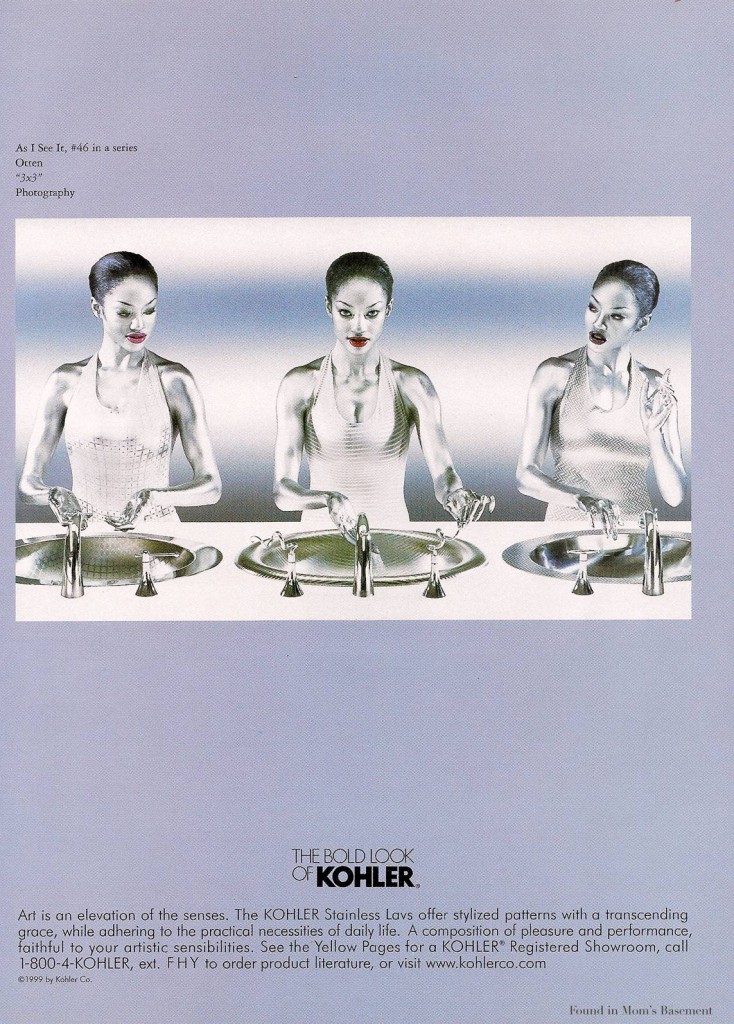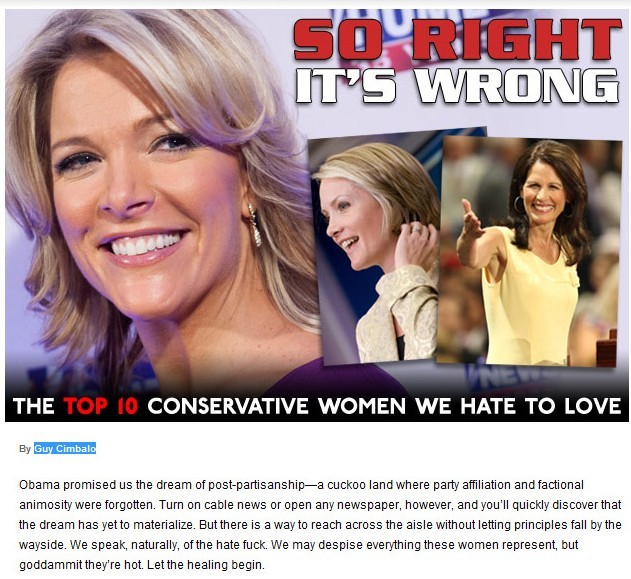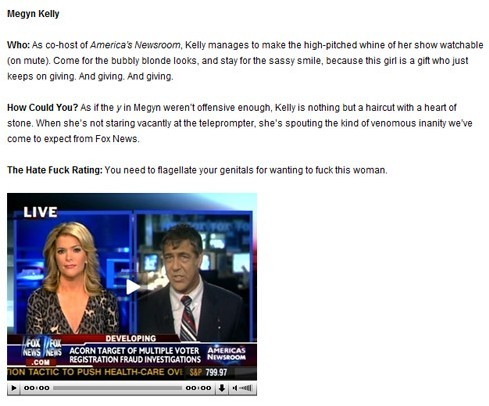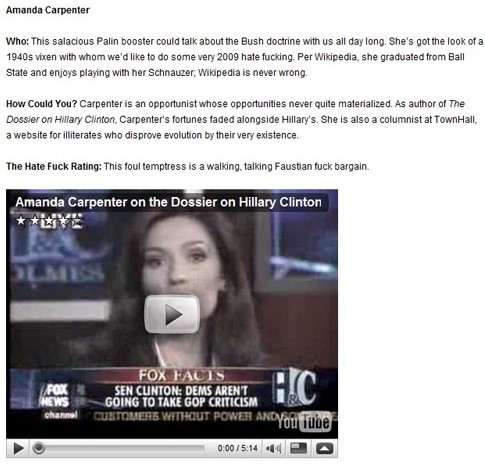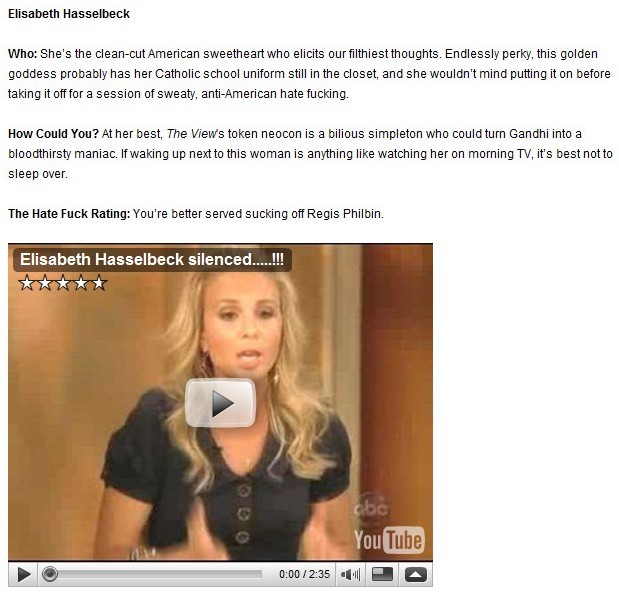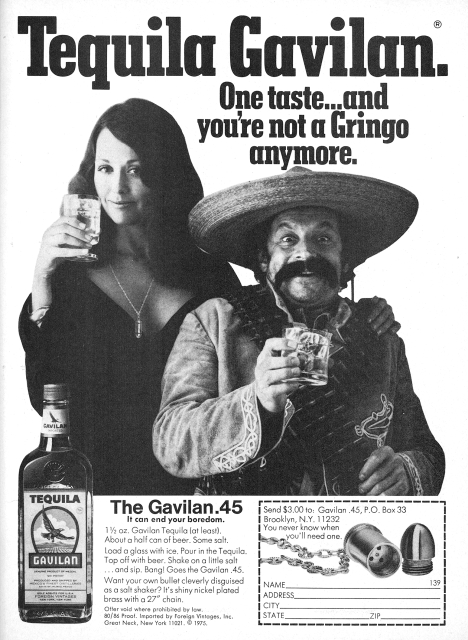We often present a single example of a cultural pattern. If you’re a member of the relevant culture, that single example might ring true. That is, you might recognize it as one manifestation of something you see “out there” all the time.
But it’s still just one example and it’s not very convincing to someone who is skeptical that the cultural pattern exists, especially if it’s subtle.
But one advantage of this blog is that it’s cumulative. We can put up single manifestations of a cultural pattern and, even if it’s not very convincing at the time, the other evidence on the blog (and the evidence yet to come) may sway some skeptics.
In that spirit, I offer you this screen shot of the front page of the Gap website (borrowed from stuff white people do).
Notice that there is only one black woman included and she is wearing the “curvy” jean. This could be random, but I am going to suggest that it’s not. For more examples of black women’s butts and thighs being fetishized in U.S. culture (that may or may not convince you that this is a pattern) see here, here, here, and here.
—————————
Lisa Wade is a professor of sociology at Occidental College. You can follow her on Twitter and Facebook.






